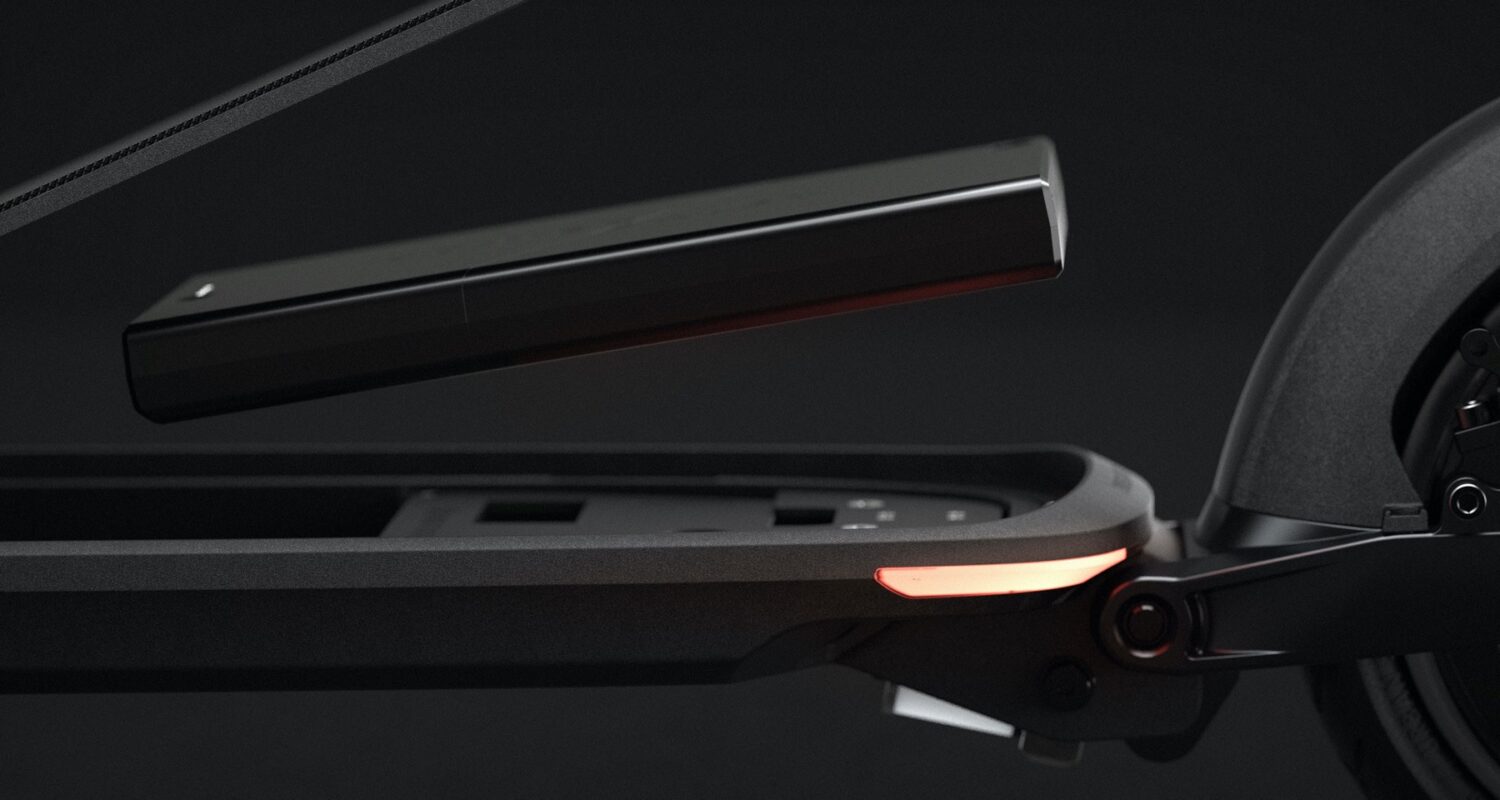
Inboard
A Scooter Redesigned from the Wheels Up
Developing Inboard’s G1 Glider was driven by one primary goal: revolutionize the personal electric vehicle. This scooter was designed from the ground up, involving coordination across industrial design, engineering, and manufacturing teams to build a product that would be functional and reliable at every single level.
While managing supply lines in two different countries, STEL ensured the design and
manufacturing processes were a seamless, fine-tuned machine to efficiently iterate prototypes that would create the best possible user experience.
Services
Industrial Design
Engineering
Prototyping
Manufacturing
Visual Design



Innovation Through Iteration
The STEL and Inboard design teams needed to walk through the daily abuse and use that a personal electric vehicle would face, ensuring that the battery life, durability, ergonomics, and enjoyment levels were exceeding every standard.
Each of these factors trickled into the materials chosen and the manufacturing techniques to improve upon each scooter iteration.

Precisely Engineered from
Start to Finish
The frame is built with hybrid-polymer blends, aircraft-grade
aluminum, and magnesium alloy. These lightweight, yet durable materials make for an efficient vehicle that can stand up to the user’s daily commute.
It’s overall structure allows for maneuverability, and the machined aluminum accents, including a seamless throttle, add a luxurious feel to the entire experience.



Intention in Every Detail
An involved project like the G1 Glider can’t be approached from just one angle, so the STEL team broke each system down into ground-level tasks. Each small feature matters, and they knew the scooter’s success was dependent on fine-tuning each element. Over 1200 individual features were engineered into the Glider from tire to handlebar.
Optimizing Outsourcing
This involved 12 different manufacturing processes and over 15 vendors across Taiwan and China for supply chain and development—each of which needed to be vetted for superior quality and craftsmanship. This would increase capabilities and decrease taxes for Inboard and its investors to ensure the mitigation of risk and maximization of intended results.


Inboard’s G1 Glider is designed to be the perfect balance of usability, enjoyability, and affordability— a smooth, safe ride for any user.


